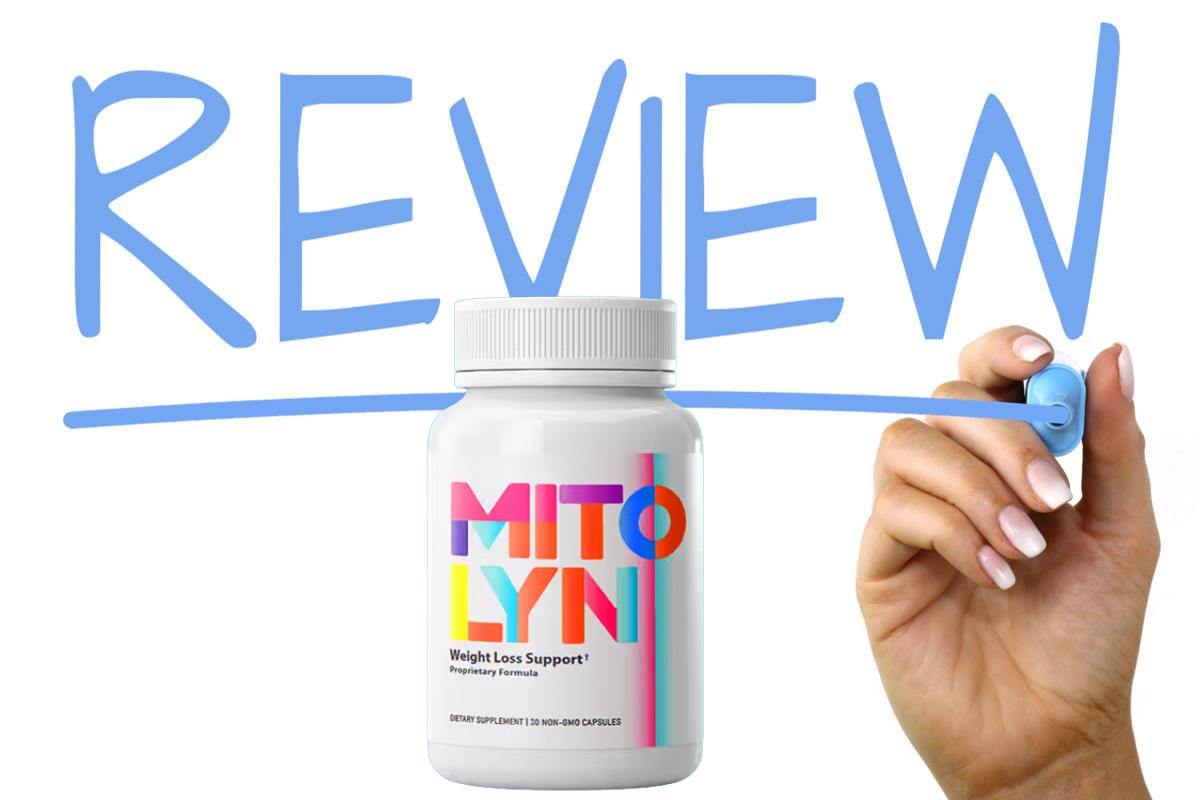When it comes to understanding how much Medicare costs per month in the U.S., it’s essential to take into account the different parts and their associated premiums. For example, Medicare Part B has a standard monthly premium, but that can change based on your income. Plus, there are additional costs from Parts C and D that can vary widely. So, what does that mean for your budget? Let’s explore the details further.
Understanding Medicare Basics
While traversing the complexities of healthcare, understanding Medicare basics is essential for ensuring you get the coverage you need.
Medicare is a federal health insurance program primarily for individuals aged 65 and older, but it also serves younger people with disabilities. It consists of different parts: Part A covers hospital stays, while Part B addresses outpatient care, preventive services, and medical supplies.
You’ll also come across Part C, which bundles A and B with additional benefits through private insurers. Finally, Part D offers prescription drug coverage.
Familiarizing yourself with these components helps you make informed decisions about your healthcare options, ensuring you choose the right plan for your needs and budget. Knowledge is power when maneuvering Medicare!
Medicare Part A: Costs and Coverage
Medicare Part A serves as an essential pillar of healthcare coverage, primarily focusing on inpatient hospital stays, skilled nursing facility care, hospice services, and some home health care.
Most people don’t pay a monthly premium for Part A if they’ve worked and paid Medicare taxes for at least 10 years. However, if you don’t qualify, you might face a premium that can range from $274 to $506, depending on your work history.
Additionally, there’s a deductible of $1,600 for each benefit period. Once you meet this deductible, Medicare covers a portion of your hospital stay, but you might still incur coinsurance costs for extended stays.
Understanding these costs helps you plan for your healthcare expenses effectively.
Medicare Part B: Premiums and Deductibles
Steering through the costs of Medicare Part B is essential for understanding your overall healthcare expenses. Each month, you’ll pay a premium, which is typically deducted from your Social Security benefits.
For most beneficiaries, the standard premium in 2023 is $164.90, but it can vary based on your income. Additionally, you’ll face an annual deductible, which is $226 for the year.
Once you meet this deductible, Part B generally covers 80% of your eligible medical expenses, leaving you responsible for the remaining 20%.
It’s vital to budget for these amounts, as they can impact your financial planning and access to necessary medical services. Understanding these costs helps you make informed decisions about your healthcare.
Medicare Part C: Medicare Advantage Plans
One important option for healthcare coverage in the U.S. is Medicare Part C, also known as Medicare Advantage Plans. These plans are offered by private insurance companies and provide an alternative to Original Medicare.
With Medicare Advantage, you’ll get all the benefits of Part A and Part B, often including additional services like dental and vision care. You might also find lower out-of-pocket costs compared to Original Medicare, but it’s essential to review specific plan details.
Each plan has its own network of doctors and hospitals, so make sure your preferred providers are included. Remember that you’ll still pay your Part B premium, and some plans may charge additional premiums.
Medicare Part D: Prescription Drug Costs
How much will you pay for prescription drugs under Medicare Part D? The costs can vary widely based on the plan you choose and the medications you need.
Generally, you’ll pay a monthly premium that averages around $30, but it can range from $10 to $100 or more. Additionally, there’s usually an annual deductible, often around $480, before your plan starts covering drug costs.
After meeting the deductible, you’ll pay a percentage or a fixed copayment for your medications. Keep in mind that some plans may offer lower costs for generic drugs.
It’s essential to compare different plans and their formularies to find one that best suits your prescription needs and budget.
Additional Costs: Coinsurance and Copayments
While steering through Medicare Part D, you’ll encounter additional costs like coinsurance and copayments that can affect your overall expenses.
Coinsurance is typically a percentage of the cost of a service or medication that you’ll need to pay after meeting your deductible. For example, if your coinsurance rate is 20%, and a drug costs $100, you’d pay $20.
Copayments, on the other hand, are fixed amounts you pay for specific services or prescriptions, regardless of the total cost. These costs can vary considerably based on your plan and the medications you need.
It’s essential to review your plan details to understand these out-of-pocket expenses and budget accordingly, ensuring you’re prepared for any healthcare costs that may arise.
Income-Related Monthly Adjustment Amount (IRMAA)
The Income-Related Monthly Adjustment Amount (IRMAA) can greatly impact your Medicare costs if your income exceeds certain thresholds. Fundamentally, if you earn more than the set limits, you’ll pay higher premiums for Medicare Part B and Part D.
The Social Security Administration determines these thresholds based on your modified adjusted gross income from two years prior. For example, if you file individually and your income is above $91,000, you might face increased costs.
It’s important to keep your income in mind when budgeting for healthcare, as IRMAA can add hundreds of dollars a year to your expenses. Regularly review your income and adjust your financial planning to accommodate these potential charges.
Medigap Policies: Supplemental Coverage
If you find that Medicare’s coverage isn’t enough for your healthcare needs, Medigap policies offer a valuable solution. These supplemental insurance plans help cover out-of-pocket costs that Medicare doesn’t, like copayments, coinsurance, and deductibles.
With different plans available, you can choose one that best fits your budget and healthcare requirements.
Keep in mind that Medigap policies only work with Original Medicare, not Medicare Advantage plans. You’ll pay a monthly premium for the Medigap coverage, which varies based on the plan and your location.
It’s important to compare options and understand what each plan covers. By investing in a Medigap policy, you can enjoy peace of mind knowing you’re better protected against unexpected medical expenses.
Financial Assistance Programs for Medicare
Managing the costs of Medicare can be intimidating, especially for those on a fixed income.
Fortunately, there are financial assistance programs available to help ease this burden. You might qualify for Medicaid, which can cover some of your Medicare premiums and out-of-pocket expenses.
Additionally, the Medicare Savings Program can assist with costs if you meet certain income and resource limits.
Another option is Extra Help, which specifically helps with prescription drug costs under Medicare Part D.
It’s essential to explore these programs, as they can greatly reduce your monthly expenses.
Budgeting for Medicare Expenses
Understanding financial assistance programs can be just the first step in managing Medicare costs. To effectively budget for your Medicare expenses, start by reviewing your coverage options. Know your premiums for Parts A, B, C, and D, and factor in deductibles and copayments.
You should also plan for additional costs, like vision or dental care, that Medicare doesn’t cover. Consider creating a monthly budget that includes all these expenses, ensuring you set aside funds for unexpected medical bills.
It’s wise to track your healthcare spending over time, as this can help you adjust your budget as needed. Remember, regular check-ups and preventive services can save you money, so factor those into your planning too!
Conclusion
In conclusion, understanding Medicare costs is essential for your financial planning. Whether you’re looking at premiums for Part A and Part B, exploring Medicare Advantage plans, or considering prescription drug coverage, knowing what to expect can help you budget effectively. Don’t forget about potential income adjustments and supplemental policies that can ease your expenses. By staying informed and exploring financial assistance options, you can make the most of your Medicare benefits without breaking the bank.














